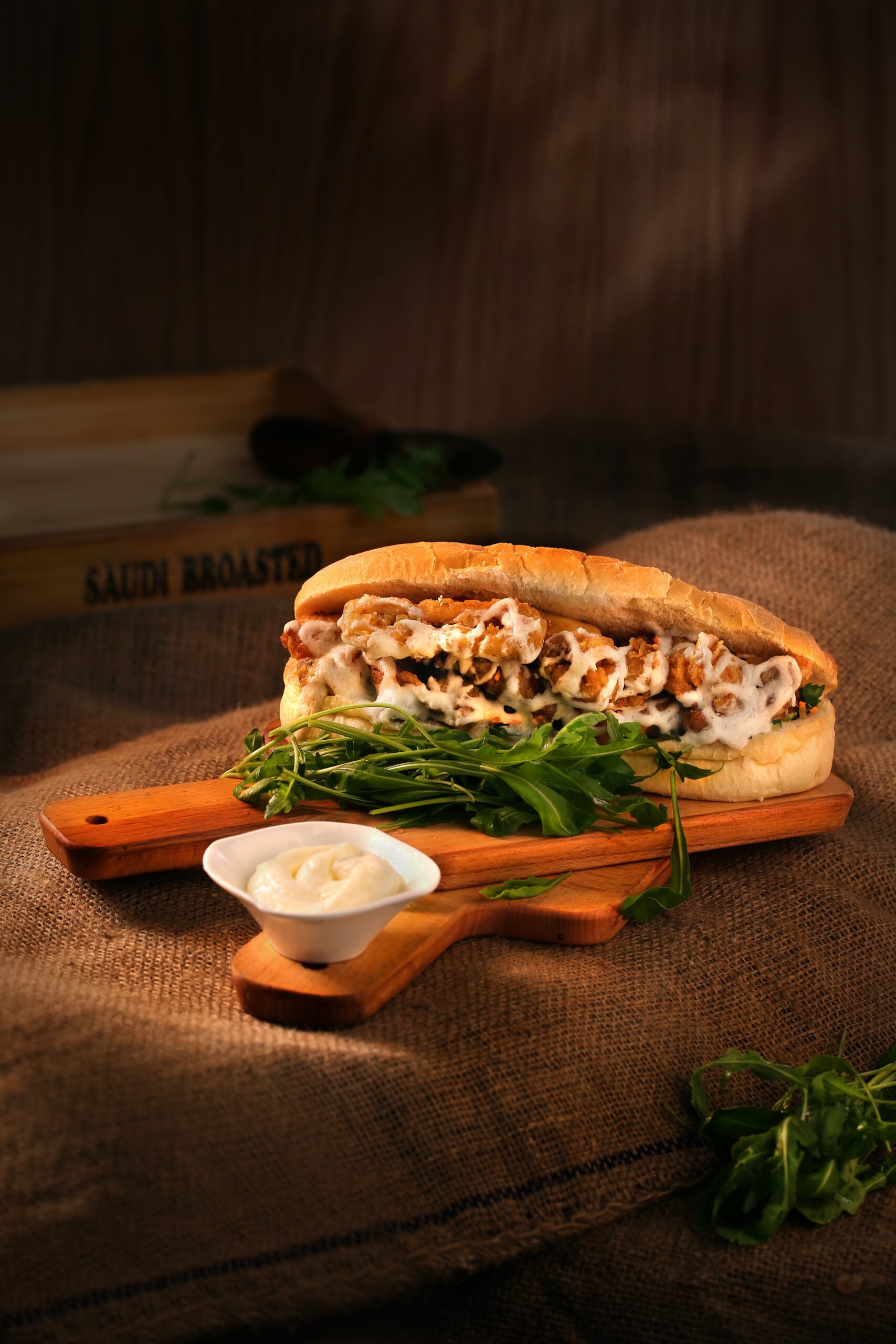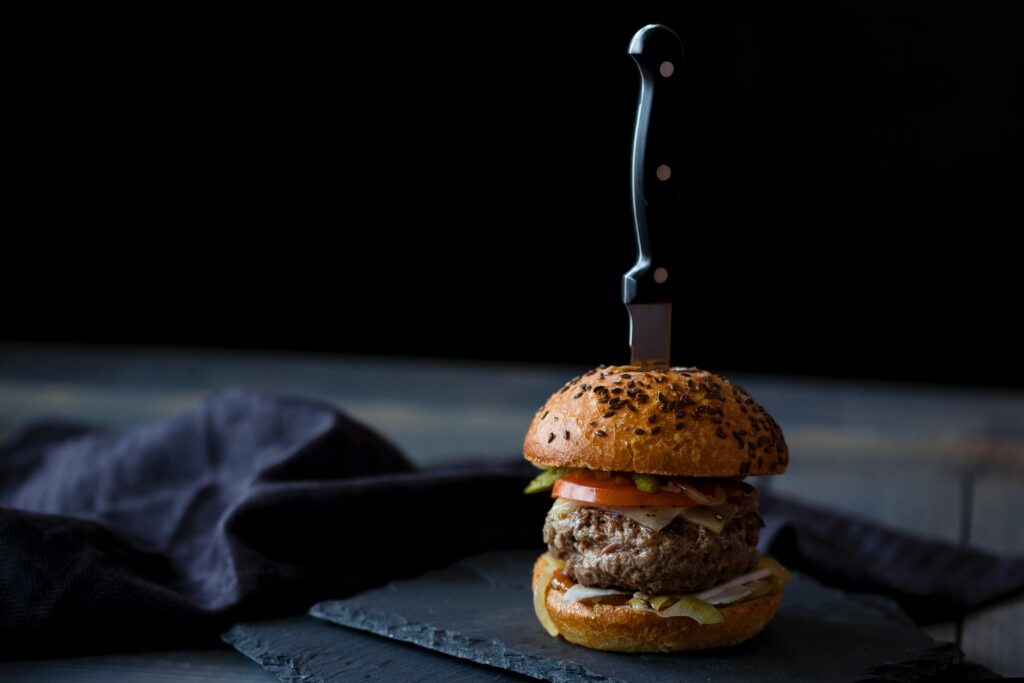Engaging users deeply on your franchise website is a multifaceted challenge, but with the right strategies, it’s entirely achievable. From mobile optimization to personalized user experiences, every touchpoint should be geared toward providing value and fostering engagement.
10 Proven Methods to Increase Engagement on Your Franchise Website You Can Start Working on Today.
By Johnny Dey
There is no denying that your franchise website isn’t just a placeholder for information—it’s a dynamic platform to attract potential franchisees and customers alike. With the immense amount of competition online, simply having a website isn’t enough. You need to ensure visitors don’t just skim through but engage deeply. Below, we’ll delve into proven methods to ramp up engagement on your franchise website.
1. Optimize for Mobile
In 2021, over 50% of global website traffic came from mobile phones. To cater to this vast audience, your franchise website must be mobile-responsive. This doesn’t just mean shrinking to fit; the design, layout, and functionality must be tailored for smaller screens. A mobile-optimized site encourages visitors to spend more time browsing, ultimately increasing engagement.
2. Interactive and Dynamic Content
The modern user craves interactivity. Features like quizzes, polls, or interactive infographics can make your franchise website more engaging. For instance, a coffee shop franchise could have a fun quiz titled “Which coffee blend suits your personality?” Such features keep visitors engaged and make them more likely to share your content, driving more traffic.
3. Leverage Video Content
A well-produced video can convey your franchise’s ethos, showcase success stories, or even provide a glimpse into daily operations. Embedding videos can increase conversion rates by 80%. Moreover, visitors are likely to spend 2.6x more time on pages with video than those without.
4. Showcase Testimonials and Success Stories
Potential franchisees want to see real-world evidence of success. You instill confidence in your brand by highlighting testimonials and stories of successful franchise owners. Make these testimonials easily accessible, and consider using a mix of text, images, and videos to keep the content varied and engaging.
5. Intuitive Navigation and User Experience (UX)
User frustration is a significant barrier to engagement. If visitors can’t easily find what they’re looking for, they’ll bounce off. Invest in an intuitive site structure, clear menus, and a user-friendly design. High-quality UX design can differentiate between a fleeting visit and a deep engagement.
6. Engage Through Blogging
Consistently publishing informative and relevant blog posts can establish your franchise as an authority in the industry. This doesn’t just increase organic traffic but can also keep visitors coming back for more. By providing actionable insights, tips, or news updates related to the franchise industry, you give visitors a reason to stay and explore.
7. Chatbots and Live Chat
Immediate responses are a cornerstone of online engagement. By integrating chatbots or live chat services, you can answer real-time queries, guiding visitors through their exploration and addressing concerns. This real-time interaction can significantly improve the visitor’s experience and increase the likelihood of conversions.
8. Implement Strong Call-to-Actions (CTAs)
After consuming your content, visitors should know what steps to take next, whether it’s contacting your team, downloading a franchise kit, or signing up for a webinar. Effective CTAs guide the user journey and lead to higher conversion rates. Ensure your CTAs are clear, compelling, and strategically placed throughout your site.
9. Personalize User Experience
With the advent of AI and machine learning, personalizing website experiences has become more accessible. You can offer tailored content suggestions or personalized offers by tracking user behavior and preferences. A personalized touch can make visitors feel valued, increasing their likelihood of further engaging.
10. Stay Updated and Relevant
Lastly, keeping your website content fresh and up-to-date is crucial. Outdated information can deter potential franchisees and harm your brand’s credibility. Regularly update your site with the latest news, offers, and franchise information. Consider prominently adding a ‘Latest News’ or ‘Updates’ section on the homepage.
Engaging users deeply on your franchise website is a multifaceted challenge, but with the right strategies, it’s entirely achievable. From mobile optimization to personalized user experiences, every touchpoint should be geared toward providing value and fostering engagement. Implementing the above mentioned methods ensures that your franchise website stands out and resonates with your target audience. Remember, in digital engagement, it’s not just about the quantity of visitors but the quality of their engagement.
CLICK HERE To learn more about OPTIMIZING YOUR WEBSITE FOR MORE FRANCHISE SALES
============================================
This article was researched, developed and edited with the support of AI











